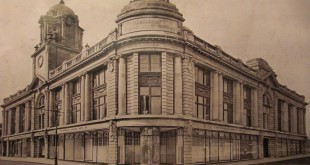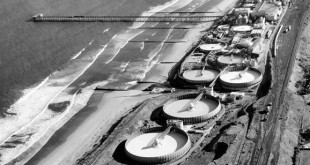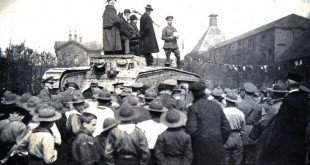Throughout the Middle Ages Hartlepool virtually monopolised the shipping of the Durham Bishopric and was one of the busiest places on the eastern coast. Such was its importance that it regularly attracted pirates who hampered the trade of ports like Hartlepool and Whitby. In the sixteenth and seventeenth centuries Hartlepool was recognised for its strategic importance during rebellions and in times of religous conflict. In the conflicts of the sixteenth century for example its significance was recognised by all sides as a potential landing place for the enemy. At the Siege of Dunbar in 1650 it was said that the French had come into the possession of a detailed map of Hartlepool and hoped to set men ashore to fortify the place as a base for seizing the whole of northern England.
In August 1561 Hartlepool was again asked to remain vigilant when the activities of Mary Queen of Scots came under close scrutiny. The Hartlepudlians were advised to keep a watch out for foreign ships entering the town. Eight years later during the Rising of the North in 1569 the Spanish ambassador had instructed northern rebels to capture Hartlepool in order that the Duke of Alva might land troops from the Netherlands to lend their support.
In response to this plan the Earl of Sussex ordered that Hartlepool be garrisoned by 200 men to prevent the landing. The order was not obeyed and Lord Neville, leader of the northern rebels seized the town instead.
The foreign support for the rebels at Hartlepool never materialized and on the seventeenth of December 1569 a Royal ship sailing from Scarborough to Tynemouth fired upon the rebels in the town. The rebels returned fire but the ship managed to capture a Hartlepool fishing coble with three poor half naked men on board.
In the following century Hartlepool was occupied by the Scots during the Civil War. During the Dutch Wars (1644-67) a report and map of the place was drawn up because vessels pursued by the Dutch frequently took refuge here.
In the eighteenth century Hartlepool’s importance as a port had fallen into considerable decline and its harbour had fallen into disrepair. As Hartlepool entered the nineteenth century it was redundant as a port and was known primarily as a health resort and not a very successful one at that. A final nail seemed to have been hammered into the coffin of Hartlepool as a port when the natural harbour was enclosed for agricultural purposes and corn was grown on the slake. Fortunately in 1813 a petition was made that came out in favour of the town. The enclosure was reversed and the harbour was saved. If the enclosure had been given a few more years to take effect, irreversible damage may have been done to the harbour.
With thanks to David A Simpson
 This is Hartlepool Hartlepool Hotels, Restaurants, What's On, History,
This is Hartlepool Hartlepool Hotels, Restaurants, What's On, History,




